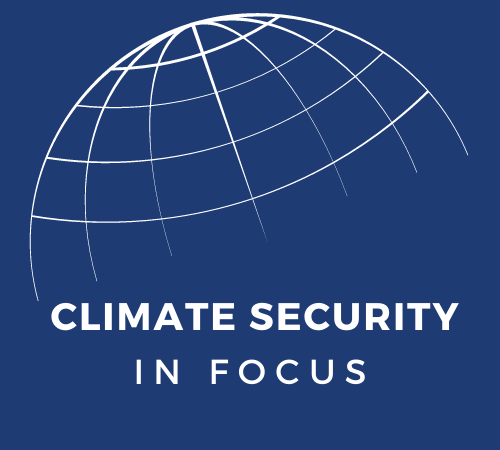
Sustainability and Resource Scarcity
Sustainability is an important component of the U.S.’s national security efforts to combat the effects of climate change. However, ‘sustainability’ is often unclear because of its diverse, confusing, and sometimes contradictory meanings and the multiple forms of definitions that depend on the context in which the concept is employed. This confusion is largely the result of sustainability encompassing three central and intersectional aspects: economic sustainability, social sustainability, and environmental sustainability. Understanding these three aspects, especially environmental sustainability, is an essential strategic consideration for the U.S. as it relates to the durability of infrastructure and military installations, sustainable development, and resource scarcity.
Historically, the concept of sustainability came from the medieval European need to sustainably manage forestry resources to ensure that the total harvesting and felling of trees did not exceed the rate at which trees could be re-planted and grown. By sustainably managing these natural resources—otherwise known as ‘natural capital’—Europeans stemmed the flow of timber crises. In 1987, the World Commission on Environment and Development coined the term ‘sustainable development’, which has been defined as “development that meets the needs of the present world, without compromising the ability of future generations to meet their own needs.”
Arising out of this definition of sustainable development came a concern for equitable access to resources within and amongst countries, and this concern has often been expressed at international climate negotiations. More specifically, this dialogue is framed as apportioning a greater level of responsibility for addressing climate change to developed countries and for developed countries to send aid to developing countries to enhance their resilience to extreme weather events. In the past, some developing countries have been exempt from global climate commitment goals primarily because of their status as ‘developing’. In the Kyoto Protocol (1992), China and India—the second and third biggest polluters, respectively, at the time—were exempt from the mandates and this was one reason why former President George W. Bush withdrew from the Protocol.
However, the Bush administration’s withdrawal did not mean that his administration did not care about sustainability. The National Security Strategy (1990) drew attention to the need to “promote energy conservation and diversification” and reduce “fossil fuel emissions,” and recognized “growing environmental concerns.” More recently, in 2019, a Report on Effects of a Changing Climate to the Department of Defense (DoD) highlighted the need to plan, design, construct, renovate, and maintain “sustainable buildings” that would reduce ownership costs, as well as support the development of resilient infrastructure, and promote “sustainable management practices” to safeguard key resources and prevent resource scarcity.
The consequences of inaction and failing to manage natural resources sustainably can lead to resource scarcity, and this threatens to disrupt economic growth, security, and social prosperity for the U.S. and its allies. For example, there are concerns over competitive access to rare earth elements and the impact this has on the development and deployment of renewable energy, electric vehicles, and nuclear energy. In response to these concerns, the Department of Energy (DoE) and DoD are investing in domestic supply chains to sustainably meet domestic demand and ensure continued economic growth for Americans. The formation and maintenance of partnerships with allies is also key to ensuring that these developments are enduring and withstand disruptions in whatever form they take. These efforts to transition to a lower-carbon economy align with the 69% of Americans who want the U.S. to prioritize the development of alternative energy, such as wind and solar.
Closer-to-home examples help to further illustrate the issue regarding resource scarcity. During the initial stage of COVID-19 in 2020, there were disruptions to global supply chains and competition for resources between people—such as for toilet paper—that led to shortages. In 2022, the U.S. experienced an infant formula shortage that the U.S. Department of Agriculture (USDA) has attempted to correct. Similarly, as countries across the world compete for resources to transition to more sustainable economies, collaboration will be needed to prevent shortages by extracting resources sustainably and distributing them in a more equitable manner. It also means that legislating a National Climate Adaptation and Resilience Strategy is central to ensuring domestic preparedness for managing disruption to supply chains and national security operations caused by climate change.
Climate Security in Focus is a blog series dedicated to exploring key elements of climate security that impact American interests both at home and abroad. The series aims to examine specific aspects of climate security issues in order to better understand climate policy challenges, facilitate conversation, and generate ideas.





